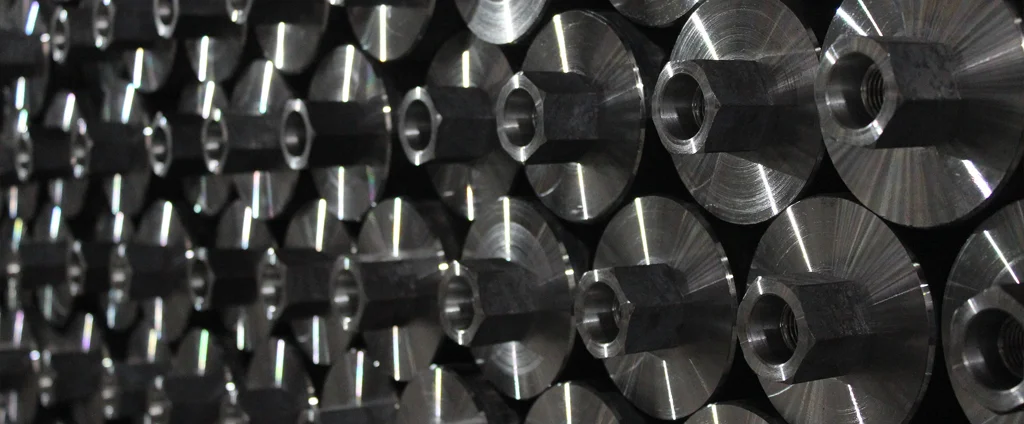SAE/AISI 1108 Carbon Steel (UNS G11080)

SAE/AISI 1108 carbon steel offers excellent machinability and high ductility, making it a versatile choice for applications requiring ease of fabrication and flexibility. It contains sulfur to enhance machining performance, making it well-suited for components needing complex machining.
| Chemical Composition | ||
|---|---|---|
| Element | Min | Max |
| Iron | 98.90% | 99.34% |
| Carbon | 0.08% | 0.13% |
| Manganese | 0.50% | 0.80% |
| Phosphorous | —— | 0.04% |
| Sulfur | 0.08 | 0.13% |
The following table provides a list of SAE/AISI 1108 properties in both SI and US customary/Imperial units.
Click on the button to switch between Metric and Imperial units.
| Physical Properties | Metric |
|---|---|
| Density | 7850 kg/m3 |
| Mechanical Properties | Metric |
| Tensile Strength (Ultimate) | 385 MPa |
| Tensile Strength (Yield) | 325 MPa |
| Young’s Modulus (E) | 190 - 210 GPa |
| Bulk Modulus (K) | 140 GPa |
| Shear Modulus (G) | 80 GPa |
| Elongation at Break | 20% |
| Reduction of Area | 50% |
| Poisson’s Ratio (ν) | 0.27 - 0.30 |
| Brinell Hardness | 121 |
| Thermal Properties | Metric |
| Thermal Conductivity | 50 W/m·K |
| Specific Heat Capacity (Cp) | 470 J/kg·K |
| Coefficient of Thermal Expansion (αL) | 1.2×10-5 1/°C |
| Electrical Properties | Metric |
| Electrical Conductivity | 4.1×106 S/m |
| Electrical Resistivity | 2.4×10-7 Ω·m |
The values in this table are approximate and can vary depending on various factors such as the specific manufacturing process and heat treatment applied to the alloy.
Advantages & Disadvantages of 1108 Carbon Steel
| Advantages | Disadvantages |
|---|---|
| High ductility | Low strength |
| Good machinability | Low wear resistance |
| Cost-effective |
Applications of 1108 Carbon Steel
SAE/AISI 1108 carbon steel is commonly used across various industries due to its unique properties. Key applications include:
- Fasteners: Commonly used in the production of bolts, nuts, and other fastening components.
- Machined components: Its sulfur content enhances machinability, making it ideal for parts requiring complex machining.
- Automotive components: Widely utilized in manufacturing automotive parts, including camshafts, for its excellent machinability.
- Hydraulic fittings: Its ductility makes it suitable for producing hydraulic fittings, which require good flexibility.
